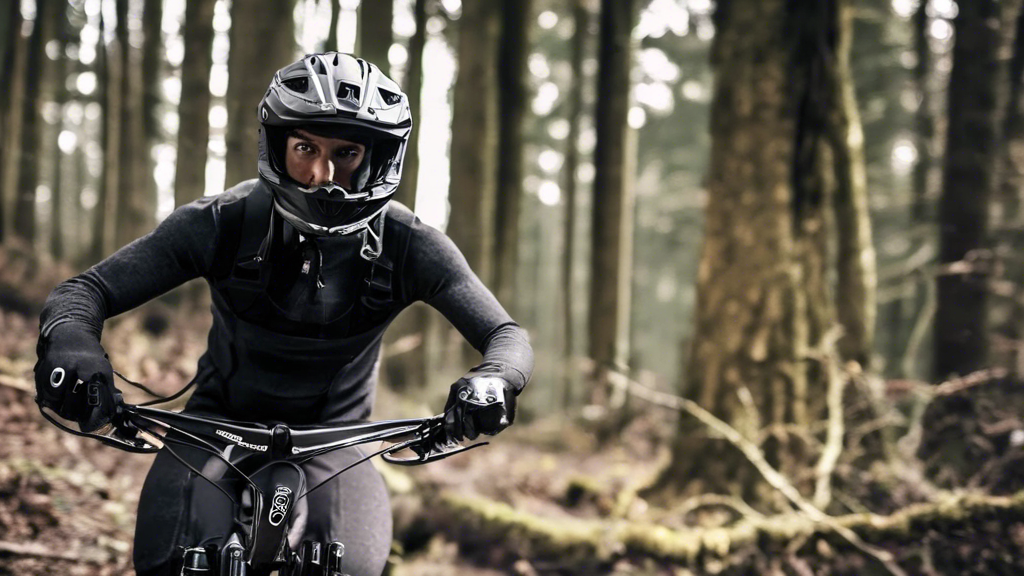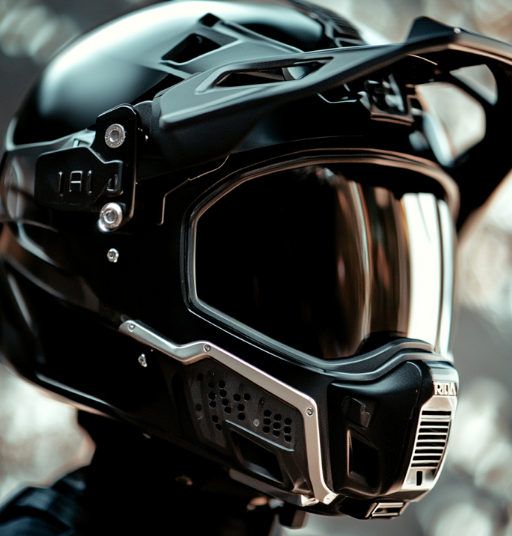Helmet cameras have become essential for capturing thrilling moments on the road, trails, or slopes. Not only do they provide stunning footage, but they also enhance rider safety by allowing the review of incidents. With a variety of models available, it’s crucial to understand the key features and differences among top-rated helmet cameras.
Top Models and Their Unique Features
Among the top-tier options, the GoPro Hero12 Black stands out for its remarkably stable footage, excellent battery life, and built-in features such as livestreaming and the innovative Hindsight feature, which captures moments before the record button is activated. However, its app offers limited editing options, and it may not be a significant upgrade over the previous Hero 11 model.
For those seeking compactness, the Insta360 Go 3 is the smallest action camera offering higher resolution than its predecessor. It features a live touchscreen and remote capabilities but doesn’t support 4K video or an SD card slot, which can be limiting for some users.
If you’re in search of a budget-friendly option, the Akaso EK7000 Pro provides substantial value with 4K recording, a rear-facing touchscreen, and a waterproof case, despite its less advanced image stabilization compared to premium models.
Innovations in Safety and Versatility
The Garmin Varia RCT715 introduces a unique blend of safety features with its built-in radar and taillight, which alert riders to approaching vehicles, enhancing overall safety during rides. Its loop recording feature ensures continuous footage without worrying about storage space.
The INNOVV H5, designed with a long and narrow profile, reduces wind resistance and excels in capturing 4K video with good image stabilization. However, its boom mic needs an external power source, which could be a drawback for users seeking a fully wireless setup.
Overall, helmet cameras such as the Insta360 X3 and GoPro Hero12 Black emphasize image stabilization, critical for capturing smooth, steady video in dynamic environments. Versatile mounting options across these models further enhance their functionality, allowing users to attach cameras conveniently using clips or brackets, ensuring a secure and optimized filming experience.
In terms of battery life, models like the Techalogic DC-1 stand out with up to 2.5 hours of recording time, beneficial for long rides. Meanwhile, storage options vary, with some cameras relying on onboard storage, while others support expandable Micro SD cards, providing flexibility based on individual needs.
In conclusion, helmet cameras cater to diverse preferences, from professional athletes to casual riders. Understanding the unique features and capabilities of each model ensures users make informed decisions to suit their specific recording and safety requirements. Whether it’s cutting-edge stabilization, safety radar integration, or compact design, there’s a helmet camera available to capture every adventure seamlessly.


